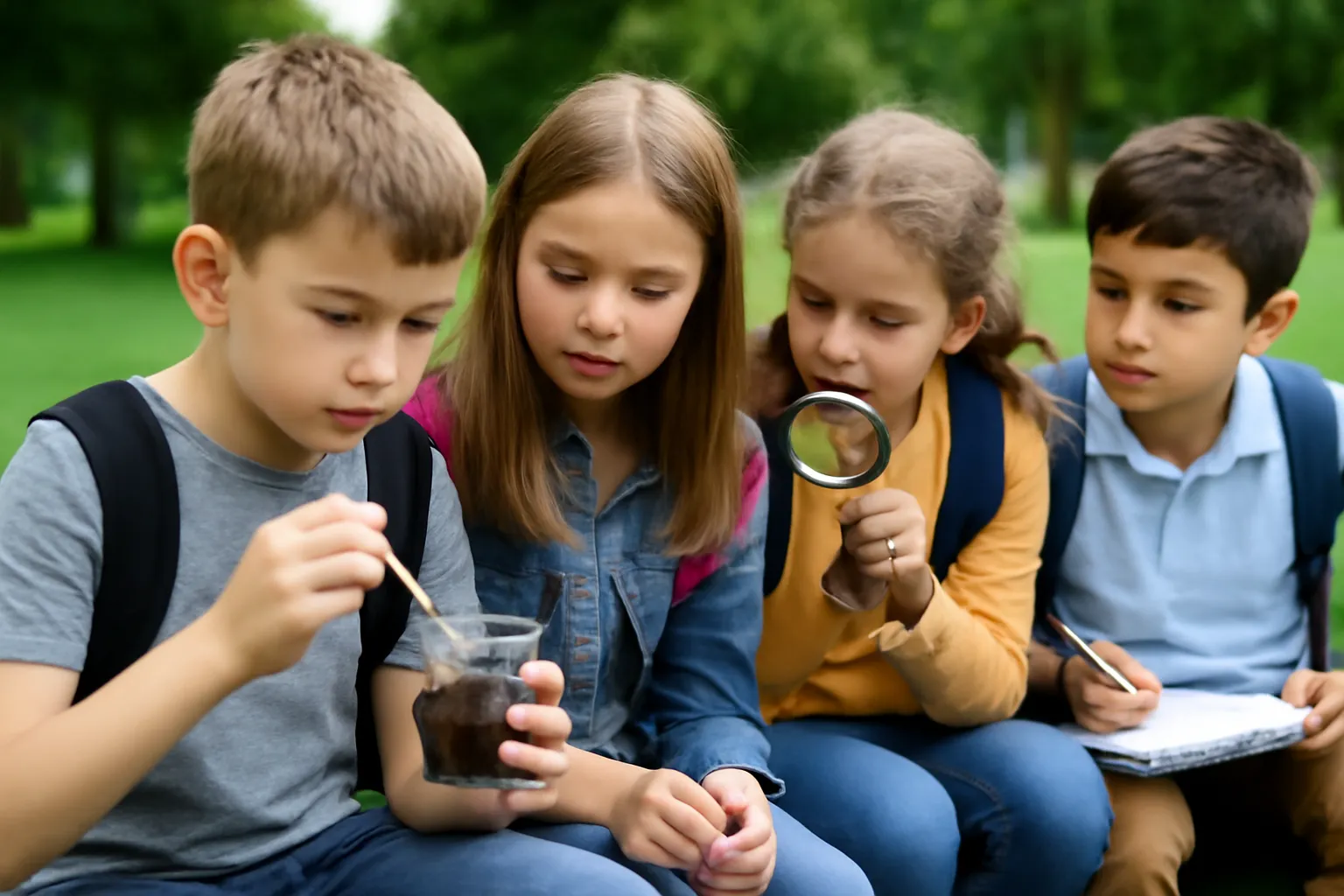Looking for an engaging and educational way for your child to explore the world? Discover the best children’s experience programs and youth activities that encourage learning and creativity outside the classroom.
Introduction: A New Era of Hands-On Learning
In today’s world, education is no longer confined to traditional classroom settings. As we strive to make learning more engaging and relevant to real-life experiences, elementary student experience programs have emerged as an essential tool. These programs provide a unique opportunity for young learners to step out of the classroom and dive into real-world activities that help them develop new skills and interests.
But what exactly does a children’s experience program look like? And how can it benefit young minds in their formative years? In this article, we explore the importance of these hands-on educational experiences, focusing on children’s experience programs, elementary school programs, and youth activity programs.
Children’s Experience Program: Where Learning Meets Fun
A children’s experience program is designed to combine education with enjoyment. These programs can range from outdoor science activities to cultural exploration, often incorporating elements like teamwork, creativity, and problem-solving. Whether it’s a nature walk to observe local wildlife or a pottery class to express artistic flair, these activities provide a chance for children to engage with the material in a way that promotes long-term learning.
What Sets These Programs Apart?
Unlike traditional classroom settings, children’s experience programs focus on active participation rather than passive learning. Kids engage in hands-on projects, which allows them to experience learning in a more tangible, memorable way. For example, a science-based program might involve dissecting plants, studying soil samples, or learning about ecosystems directly from nature.
Real-World Examples
One example of a children’s experience program is a field trip to a local botanical garden, where kids are encouraged to participate in planting and identifying different species. Another program might take children on a trip to a historical site, where they play the role of archeologists, uncovering “ancient” artifacts and learning history through immersive activities.
Such experiences teach kids more than just academic concepts—they foster critical thinking, enhance their ability to work in teams, and instill a love for discovery.
Why It Matters
Programs like these are important because they enhance a child’s natural curiosity. Research shows that hands-on experiences improve retention rates and help students understand complex concepts in a more intuitive and engaging way. Children who participate in experience-based learning are also better at problem-solving, creativity, and teamwork—skills that are vital in today’s world.
👉Discover More About Children’s Experience Programs👈
Elementary School Program: Building Strong Foundations
The elementary school program forms the backbone of a child’s early education. These programs aim to lay the foundational knowledge and skills children will need throughout their academic lives. However, they don’t just teach math, reading, and science. They incorporate a variety of experiential learning opportunities that broaden a child’s horizons.
Key Components of Elementary School Programs
Elementary school programs often include a mix of subject-based learning and experiential activities. For example, while students might study geography in class, an elementary program could involve a hands-on mapping project or a visit to a museum. These activities help bring textbook knowledge to life and create a deeper understanding of the material.
Additionally, many elementary school programs focus on social and emotional development. Activities like group projects, games, and discussions provide an opportunity for children to learn important life skills, such as empathy, conflict resolution, and effective communication.
Examples of Engaging School Programs
A popular example of a program in elementary schools is the science fair. Children not only research topics but also build and present their projects to others. This type of activity develops their presentation skills, encourages independent learning, and nurtures a sense of achievement. Other programs might include art exhibitions, writing contests, or community outreach initiatives that give students an opportunity to make a tangible impact.
The Benefits of Experiential Learning
Elementary school programs that incorporate experiential learning are proven to increase student engagement and motivation. Children are more likely to retain information when they can apply it in real-world contexts. Moreover, these programs foster a deeper sense of responsibility and confidence in students as they tackle new challenges.
👉Explore Top Elementary School Programs for Your Child👈
Youth Experience Activity Program: Preparing for the Future
The youth experience activity program goes beyond the typical academic curriculum by offering students a chance to develop life skills that will prepare them for adulthood. These programs are often designed for older students and are meant to challenge them in ways that go beyond traditional subjects.
What Makes Youth Activity Programs Unique?
Youth experience activity programs focus on a wide range of interests, from leadership training to volunteerism. They may include summer camps, leadership retreats, or internships, all of which emphasize personal growth, community involvement, and skill development. Through these experiences, young people learn to work independently, collaborate with others, and tackle real-world problems.
Examples of Youth Programs
Consider a leadership development program where teens are tasked with organizing a community event. Not only do they gain event-planning skills, but they also learn about responsibility, teamwork, and time management. Similarly, a youth volunteer program in a local shelter can teach empathy and social awareness, while also helping teens build connections with others in their community.
The Long-Term Impact
The skills learned through youth experience activity programs have a lasting impact on students. They help foster critical thinking, encourage initiative, and provide the foundation for successful careers. Moreover, these programs encourage young people to explore potential career paths, build professional networks, and gain the confidence to take on leadership roles.
👉Find Youth Experience Activity Programs Near You👈
Conclusion: Fostering Lifelong Learning
As we look to the future, the role of experience-based learning in education will continue to grow. Whether it’s through children’s experience programs, elementary school initiatives, or youth activity programs, these opportunities provide children with the tools they need to succeed both academically and personally.
The benefits of hands-on learning cannot be overstated. These programs not only enhance academic performance but also help shape well-rounded individuals who are ready to face the challenges of tomorrow. So, why not give your child the chance to learn beyond the classroom and embark on an exciting journey of discovery?
As the saying goes, “Tell me and I forget, teach me and I remember, involve me and I learn.” Let’s inspire the next generation of learners through experience-based education!






